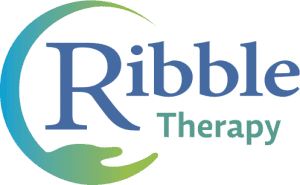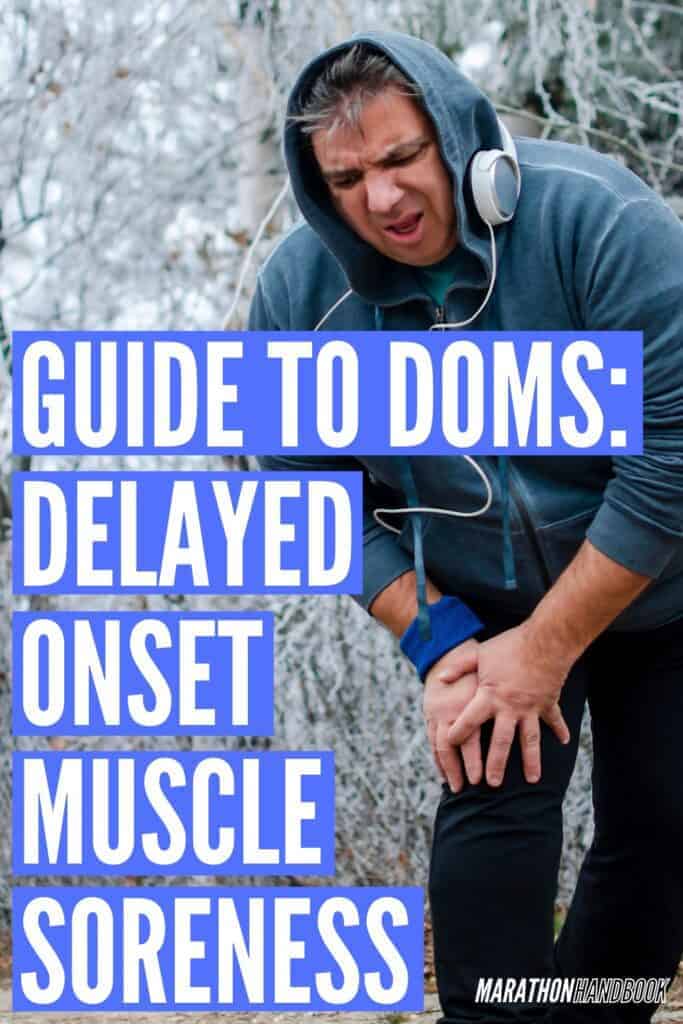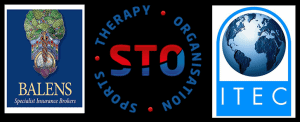Have you ever felt sore the day after exercise?
In this article I will help you to understand delayed onset muscle soreness otherwise known as DOMS.
Strength training puts stress on the connective tissues and muscular structure of the body. Resistance training can produce micro-tears in the tissues, resulting in pain, soreness, stiffness and inflammation.
DOMS describes muscle pain, soreness or stiffness that is felt 12-72 hours after exercise. This is particularly the case at the beginning of a new exercise programme, after a change in sports activities or after an increase in the duration or intensity of exercise or activity.
The DOMS pain you feel should not be confused with the muscle discomfort experienced immediately following severe physical stress due to an increase in carbon dioxide in the muscles.
Examples of other activities that are known to cause DOMS include:
• Strength training exercise
• Walking down hills
• Jogging
• Step aerobics
• Jumping
Eccentric training is a method of training that allows a person to push their muscles past their normal point of failure. This will allow you to lift, eccentrically (the lowering/negative phase of an exercise), 30-40% more resistance than concentric (lifting/positive phase of an exercise).
However, this is much more demanding on your muscles and produces a high level of muscle damage in the form of micro-tears. It is a method of training that carries the highest risk of DOMS and is not suitable for the deconditioned person.
Examples of eccentric muscle actions include the lowering phase of a bicep curl exercise. Also the lengthening of the thigh muscles while the limb brakes against your body’s momentum as it walks or jogs down a hill. Jogging or running on a flat surface can also elicit DOMS symptoms for those who are unaccustomed to this type of activity.
The severity of soreness depends on the types of forces placed on the muscle.
Running down a hill will place greater force on the muscle than walking down the same hill. The soreness that develops will likely be greater after running down a hill.
Benefits of Massage
Research Supports Massage in Treating DOMS
The benefits of massage in treating DOMS has been well documented with both professional/amateur sporting organisations around the world recognising the many advantages. They recognise massage is an essential aid in helping speed up the recovery process for DOMS in athletes.
For example, an evidence based study by the Faculty of Sports Sciences at the University of Poitiers, France, compared a number of methods/techniques commonly used to recover from DOMS, perceived fatigue, muscle damage and inflammatory markers.
The methods included massage, compression garments, cold water immersion, contrast immersion (alternate Hot and Cold water), active recovery (low intensity exercise) Cryotherapy and stretching. This study concluded massage is the best way to reduce the effects of DOMS and perceived fatigue and equally effective in reducing inflammation/muscle damage with exposure to cold techniques.
Ribble Therapy helps YOU to move and feel better by making all treatments individual to you. If you would like to discuss how soft tissue therapy can help you feel better contact Nikki on 07801 580694 or email .
To keep up to date with news and information about how we can help you or for our latest self care videos please like our Facebook page http://www.facebook.com/ribbletherapy




